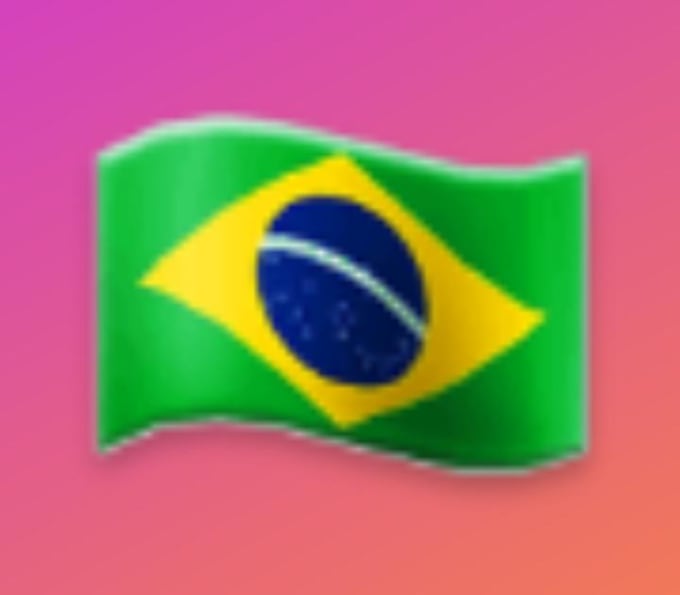

A Spanish journalist tried to use the app to ask a player on France's team a question after the team dictated that all questions be in French. The service's use spiked 30% in Russia during the World Cup, according to Google. Google Translate now has more than 500 million monthly users and translates over 143 billion words a day, The New York Times reported earlier this year.Įarlier this year, Google Translate became the story of the 2018 World Cup in Russia.

Google has introduced new features designed with travelers in mind and developed unprecedented translation accuracy thanks to Google's game-changing " neural machine translation" technology. In recent years, Google Translate's mobile app, released in 2010, has worked a similar magic in the real world. It effortlessly erases borders of understanding as you navigate across the internet, from a Spanish newspaper to a Chinese e-commerce site. While many may use it to complete their foreign-language homework - again, apologies to my high-school Italian teacher - it is integrated into so much of what we do, from Gmail to Chrome and elsewhere. Since it was introduced in 2006, Google Translate has become an indispensable part of the internet. It may not be sexy, but Google Translate is the one app I can't live without. Nothing is a substitute for true fluency when traveling, but new and improving technologies are getting closer to bridging the gap. That's not for lack of trying - apologies to my high-school Italian teacher.

It may surprise you, but I'm adept at speaking only one language: English. That's a lot of difficult languages to understand. It often indicates a user profile.Īs Business Insider's international correspondent, I've spent the past six months traveling through Hong Kong, China, Singapore, Greece, Israel, and Russia, among other places. Account icon An icon in the shape of a person's head and shoulders.


 0 kommentar(er)
0 kommentar(er)
